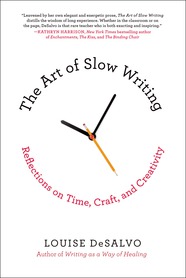I posted this original poem last Christmas
and yet, I am sharing it with you again.
Hope your holidays have been twinkly and jingly.
That Christmas Thing
I've spent sober Christmases
and ones so drunk I danced with the tree.
I've spent joyous Christmases
and ones so sad I sobbed by the tree.
I've spent extravagant Christmases
and ones so poor I didn't even have a tree.
I've spent family-and-friend Christmases
and ones so alone I named the tree.
I've spent warm California by-the-pool Christmases
and ones so cold I plucked icicles from the tree.
I've spent hale and hearty Christmases
and ones so sick I threw up under the tree.
I've spent loud, rambunctious Christmases
and ones so quiet I listened to the tree.
And, this Christmas, in her honor and with love,
I promise to plant a tree.
---Belle
December 1993












